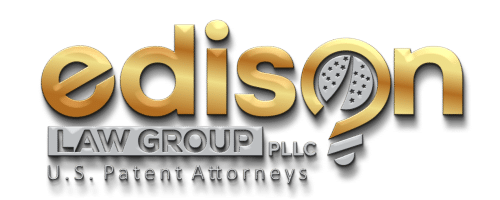- USPTO Director Kathi Vidal issued a guidance memorandum clarifying the application of existing professional conduct rules to AI tools used before the Trademark and Patent Trial and Appeal Boards (TTAB and PTAB).
- The guidance emphasizes that existing rules governing the integrity of proceedings apply regardless of whether submissions are generated with AI assistance, highlighting the need for due diligence in confirming the accuracy of AI-generated content.
- The announcement also previews forthcoming guidance on inventorship of AI-enabled innovations and seeks further comment on patentability, aligning with President Biden’s Executive Order on AI.
U.S. Patent and Trademark Office (USPTO) Director Kathi Vidal has recently issued a guidance memorandum to the Trademark and Patent Trial and Appeal Boards (TTAB and PTAB), shedding light on the appropriate application of professional conduct rules concerning the utilization of artificial intelligence (AI) tools in proceedings.
The memorandum serves as a clarifying beacon, illuminating the existing regulatory framework’s relevance to AI submissions. It underscores that regardless of the mode of generation, all submissions are subject to the same standards of integrity and accuracy outlined by the USPTO Rules of Professional Conduct. Vidal’s directive emphasizes the necessity of thorough validation, cautioning against presumptive trust in AI outputs.
This move comes in the wake of Supreme Court Chief Justice John Roberts’ reflection on the dual nature of AI, acknowledging both its benefits and potential pitfalls within legal practice. The guidance is prompted in part by recent instances, such as the Michael Cohen case, where AI “hallucinations” could lead to severe consequences, including sanctions and disciplinary actions.
Highlighting the gravity of AI’s impact, particularly with large language model (LLM) technologies like OpenAI’s ChatGPT, the memorandum addresses the concerning phenomenon of AI hallucinations. These instances, exemplified in recent cases against OpenAI by The New York Times, underscore the imperative for vigilance in assessing AI-generated content’s accuracy and reliability.
Moreover, the announcement foreshadows the USPTO’s proactive stance on AI-related matters beyond professional conduct. It teases forthcoming guidance on inventorship of AI-enabled innovations and seeks additional input on patentability. This initiative resonates with President Biden’s recent Executive Order on Safe, Secure, and Trustworthy AI, mandating the USPTO to provide recommendations on potential executive actions concerning copyright and AI within a specified timeline.

